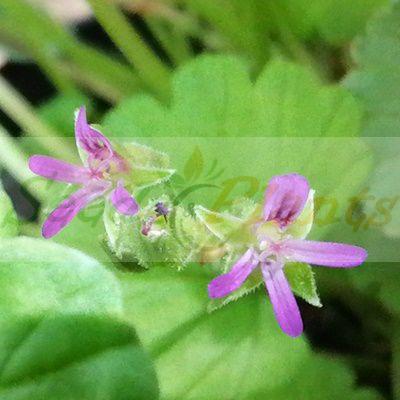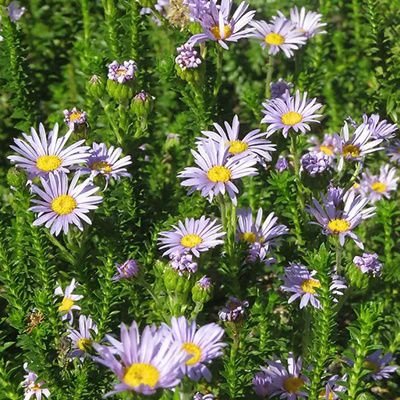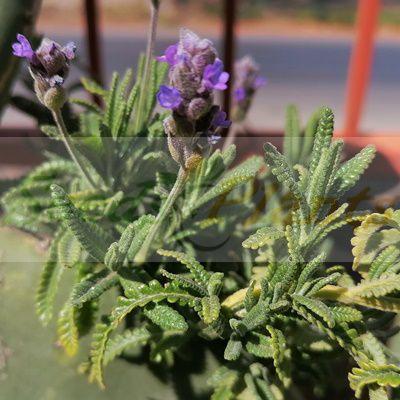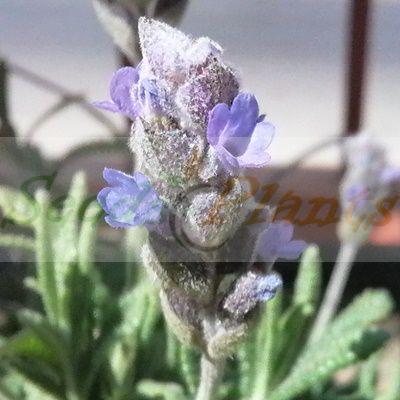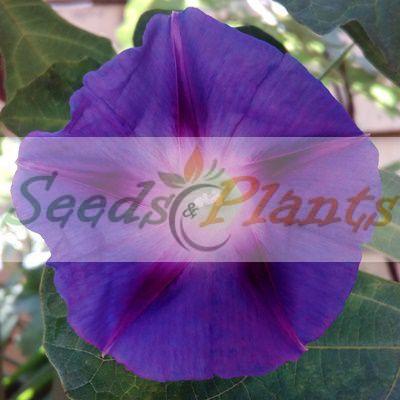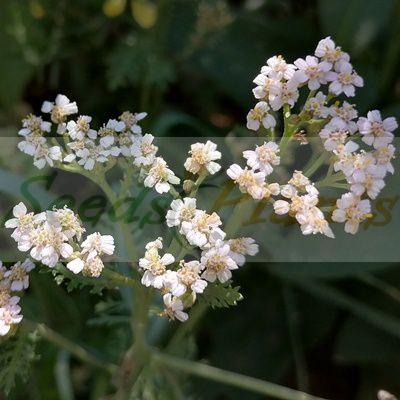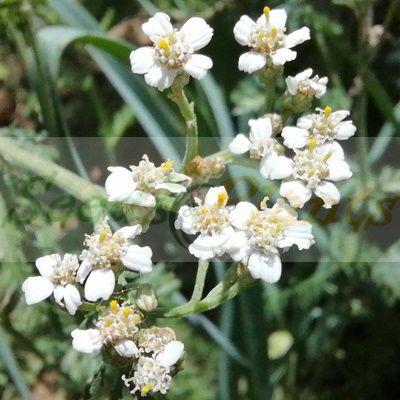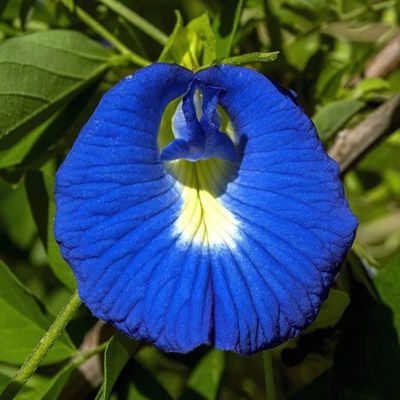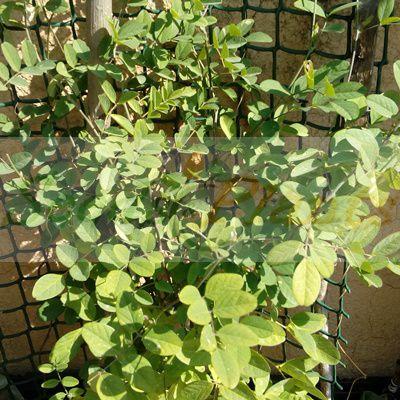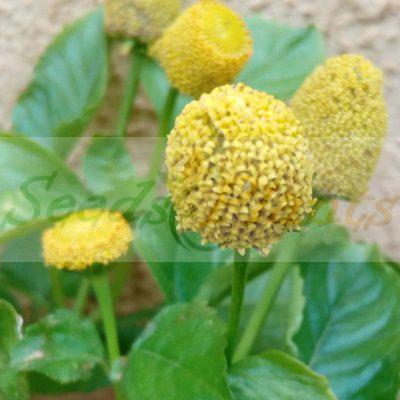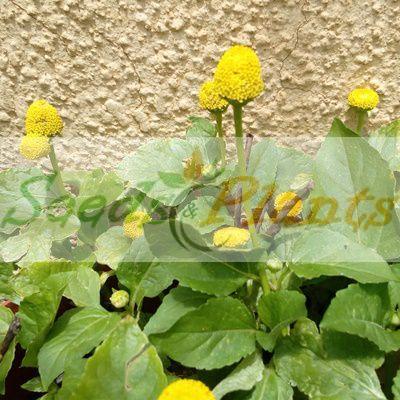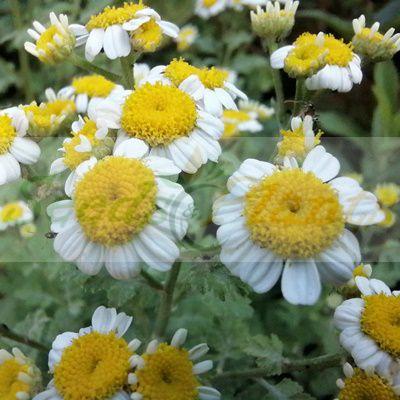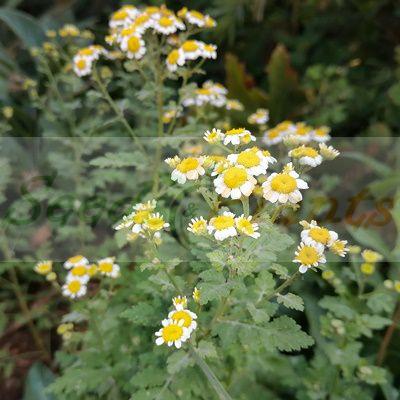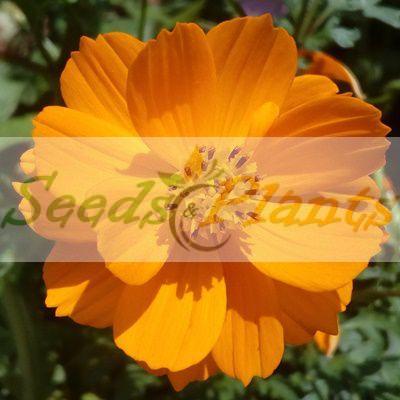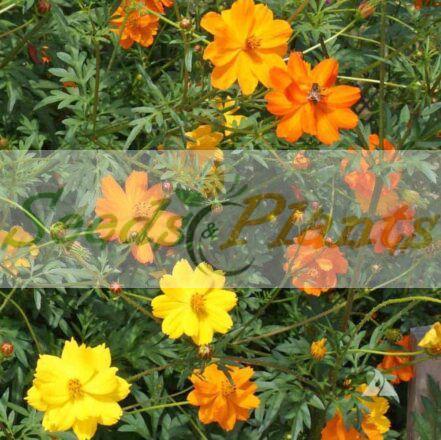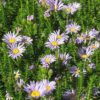Dune Daisy – 5 Seeds
(Felicia echinata)
R30.00
Dune Daisy flowers are usually mauve with a bright yellow center. It is an evergreen, much branched perennial that grows to about 60 cm high.
Common names: dune daisy, prickly felicia, bloublommetjie.
Indoor Sowing: Autumn and Spring.
Direct Sowing: Late Summer and Early Autumn.
In stock
Dune Daisy (Felicia echinata) is an evergreen, much branched perennial that grows to about 60 cm high. The branches are almost entirely covered with the shiny, dark green leaves. The stiff little leaves are oval to triangular in shape, pointing downwards away from the stem – almost overlapping each other. The branches bend and turn, relaxing on the ground and then turning up to the sun, each with 2 – 3 large daisies at their tips.
The flowers are usually mauve with a bright yellow centre, but white flowers are also occasionally found in the wild. Both forms flower profusely for a few months from autumn to spring. After flowering the flowers turn into fluffy seed heads. In nature this felicia is frequently seen next to roads and on sandy dunes along the coast of the eastern Cape from Mossel Bay to Port Alfred.
Common names: dune daisy, prickly felicia (Eng.), bloublommetjie (Afr.)
Growing Dune Daisy
Indoor Sowing: Autumn and Spring.
Direct Sowing: Late Summer and Early Autumn.
- It will grow in almost any well-drained soil in a sunny position.
- This plant can be considered tender to frost, and in very cold areas it needs to be planted in a warm protected position.
- Use a well-draining seed starting mix.
- The seeds need light to germinate, so don’t cover the seeds with soil or barely cover with a thin layer of soil.
- Keep the soil consistently moist, but not wet.
- Optimum germination temperature of about 21°C.
- Germination in about 20 – 30 days.
- Once seedlings emerge, you can transplant them into the garden, where they will receive full sun.
Disclaimer
Medicinal Information:
All medicinal information on this website is for educational and informational purposes only and may not be construed as medical advice. The information is not intended to replace medical advice or treatment offered by healthcare professionals.
Seeds, Plants, Plant Cuttings, Geophytes and Dried Herbs:
In some countries and provinces, certain plants are deemed as invasive and are not allowed to be planted at all, whilst some plants are allowed to be grown only in certain areas or provinces. The onus is on you as the buyer to familiarize yourself with the regulations pertaining to your location, before purchasing any of our seeds, plants, plant cuttings, geophytes or dried herbs. We will not be held liable, should you purchase any seeds, plants, plant cuttings, geophytes or dried herbs. from us which are prohibited in your country or province.


